I took a life drawing class in college. The teacher set a timer and the challenge was to sketch models in various positions and forms. It came easily for some, but I was struggling. For each new form, I could only complete a collarbone before the timer went off. My notebook was filled with perfect collarbones! I soon learned that in order to be successful, I had to look at the larger picture.” Jeanine Tesori, YoungArts 2014

I recently returned from the 2014 National YoungArts Foundation regional program in New York City. The National YoungArts Foundation, established in 1981 provides aspiring artists with resources to grow, including scholarships, performance opportunities, and collaborative experiences with other students and world-renowned mentors from all disciplines. The events for the week occurred at the Baryshnikov Arts Center named after Russian dancer, choreographer, and actor Mikhail Baryshnikov.
I was not quite sure what to expect going into the program, but I gradually discovered that the program was more focused on collaborative work rather than solo performances. The first day after checking in, all the artists broke into four pre-determined groups, with most of the 35+ vocalists, dancers, actors, and musicians comprising group 4. That day, the instrumentalists joined a group of writers for a master class with Jeanine Tesori, a musical arranger and composer, known for her extensive contribution to productions on and off of Broadway. Ms. Tesori challenged us to create goals, face fears, and be confident about our own work. We considered our roles as ambassadors for the arts and our responsibilities to unite the world through our own perspectives and work. Another valuable theme was Ms. Tesori’s challenge to be one’s own teacher and not wait to learn, but to jump at all opportunities to learn. She stressed, “Forget social norms and what’s considered perfect; perfection is the opposite of art, but striving for it is art. Take a step back, and embrace the entire imperfect (perfect) idea.” Later that day, the instrumentalists met with another professional musician and composer – Daniel Roumain. Mr. Roumain challenged everyone to unearth a strong sense of self-identity by confidently declaring one’s name, discipline, and goals. Like Ms. Tesori, Mr. Roumain stressed the importance of becoming an active learner through proper posture and mannerisms. Both master artists urged us to live our lives as though we were eliminating the gap between what we are currently doing, and what we want to accomplish. I later realized that these classes were great preparation for all the collaborative work that would follow.
The next day, group 4 participants met with critically acclaimed stage director and playwright Jay Scheib to begin working on a contemporary adaptation of the 1988 cult classic Heathers. The challenge was to incorporate the ideas of 40 artists of varying disciplines into one foundation. This interesting concept caused a bit of tension as the week progressed.
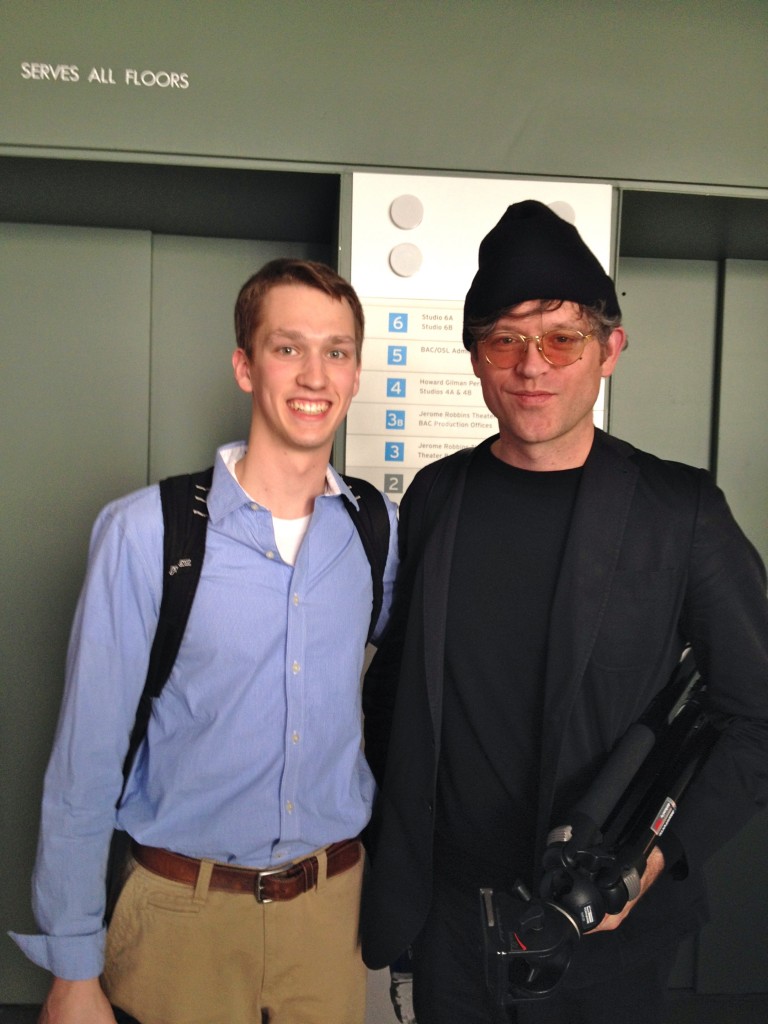
The collaborative play was very loosely based off of Heathers, but still needed to be plot driven, so those not in theater, especially the vocalists and instrumentalists, were unsure of how to best integrate their ideas into the production. As the week progressed, the instrumentalists slowly started receiving opportunities to work with the vocalists, who had decided to arrange and sing some of the play’s text with various operatic pieces. Another pianist and I were able to arrange a piece from Carmina Burana for 1 piano 4 hands for this purpose. Several of the other strings players had joined the cast on stage for different roles, and were only gradually finding opportunities to play background music for different scenes. The other pianists and I were feeling a bit frustrated, as we were still unsure of what the final product would be and what our roles were. We were all expecting a more concrete agenda, which many of us have been accustomed to in previous programs.
Just when the uncertainty level peaked, the instrumentalists were dismissed for another master class, this time with Christian Hebel, a classically trained violinist who has also created a career as a Broadway violinist, touring artist, and studio musician. A few pianists and strings players were able to play excerpts of pieces for him, but the most memorable moment of the class was Mr. Hebel’s biggest piece of advice – “Don’t ever feel that you have to limit yourself to one genre of music or field of study; take advantage of all opportunities to learn.” This was coming from someone who had established himself as a successful solo artist, then decided to remain open minded and study blue grass music, later gaining opportunities to collaborate with pop stars and film score composers. Mr. Hebel’s advice came with perfect timing. His model as a multi-faceted artist with roots in classical solo violin motivated the other instrumentalists and me to make the most out of the remaining rehearsal days and the new experiences they would continue to produce.
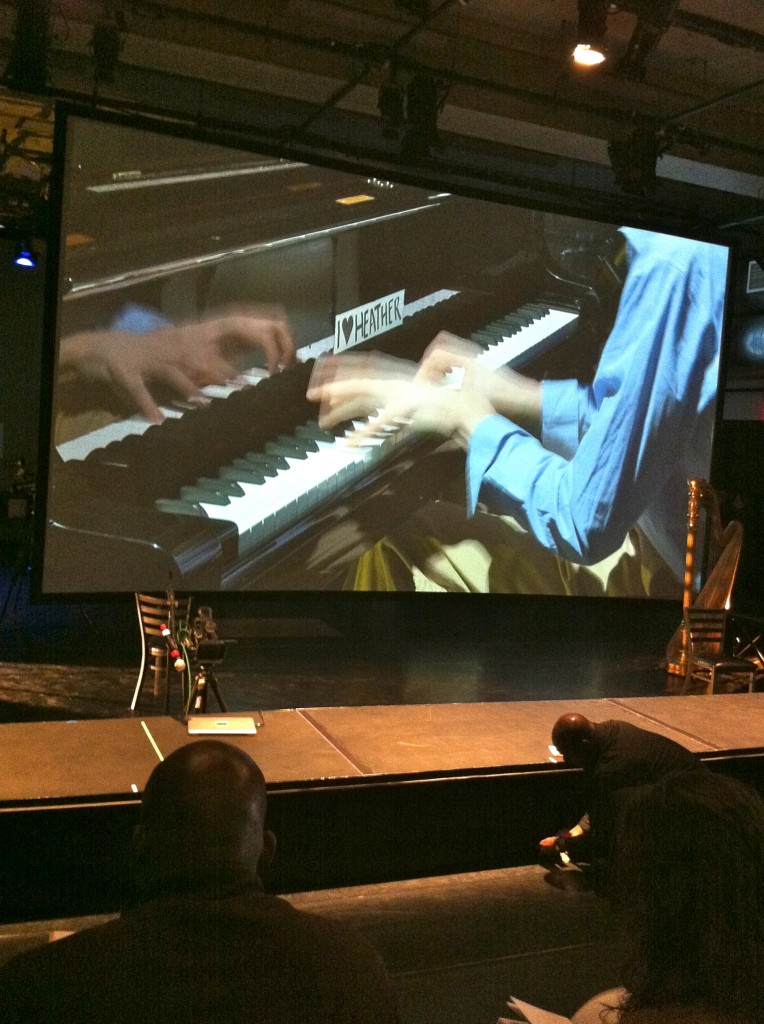
Group 4 got back to work on the production, and the vocalists and instrumentalists quickly found more opportunities for individual and collective contribution. Mr. Scheib, along with the other assistant directors set aside 20 minutes for a pre-show performance. Each pianist was able to perform for five minutes as the audience entered, while other dancers and singers warmed up and improvised on stage, to generate artistic energy. A violinist, cellist, and pianist joined together to play excerpts from a Dvorak trio during one of the scenes of the production. Several other pianists even worked with Mr. Scheib to incorporate excerpts of their solo repertoire into different scenes. The production was starting to solidify, and transitions between scenes were impressively fluid during the first full run through at the end of the week.
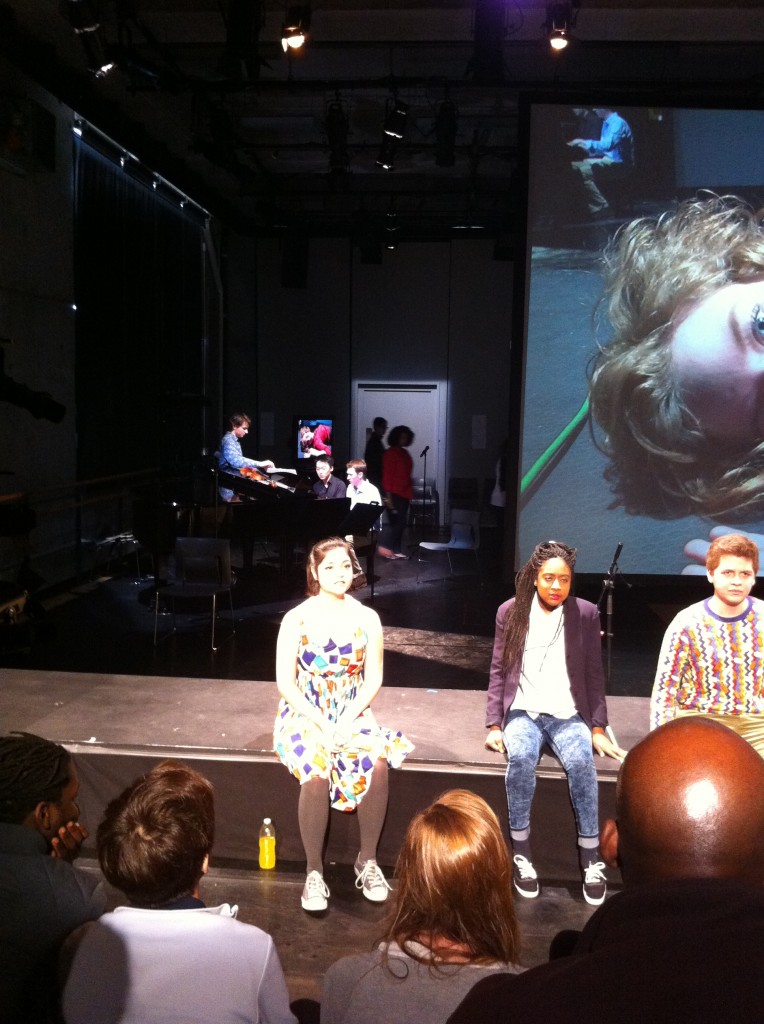
That Saturday and Sunday, we performed the show for the audience of family members, several YoungArts panelists, and the rest of the supportive community. We were all quite excited to see that the production had come together, and that every artist was able to bring his/her unique talent to the show. No one was overshadowed due to the scope of the challenge, which was the major concern at the beginning of the week. The entire cast actually gathered backstage before the last performance to reflect on the curious week of collaboration, which we all agreed had been so enriching after all. Jay Scheib remarked, “of course nothing will ever be perfect, but the fact that we put together this show with such a variety of ideas means there is always something to learn.” I realized that all of the mentors had emphasized this theme of tossing aside the idea of perfection embedded in social opinion, and embracing the process of experimentation and discovery in our art. Like Ms. Tesori’s life drawing story, it is necessary to strive for the entire idea in all its imperfection, in order to express oneself the most effectively and genuinely. With this open mindedness, we could make our art new and fresh, just like the mentors we had worked with.
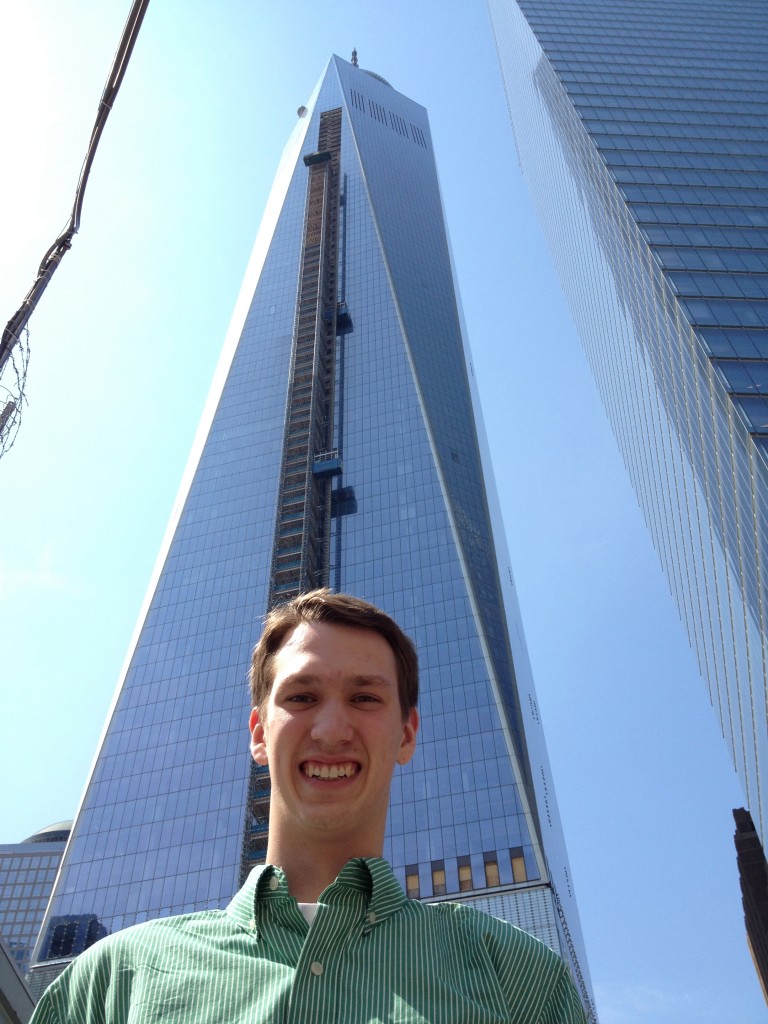
I’ll admit that during the program, I was unsure of the direction in which my group was headed, and of what to expect for each subsequent day. However, in retrospect, I feel that every class and rehearsal was just what we the participants needed to challenge ourselves to drive on. I learned so much about my own abilities, and worked with so many talented and passionate artists – friends who I hope to know for the rest of my life.
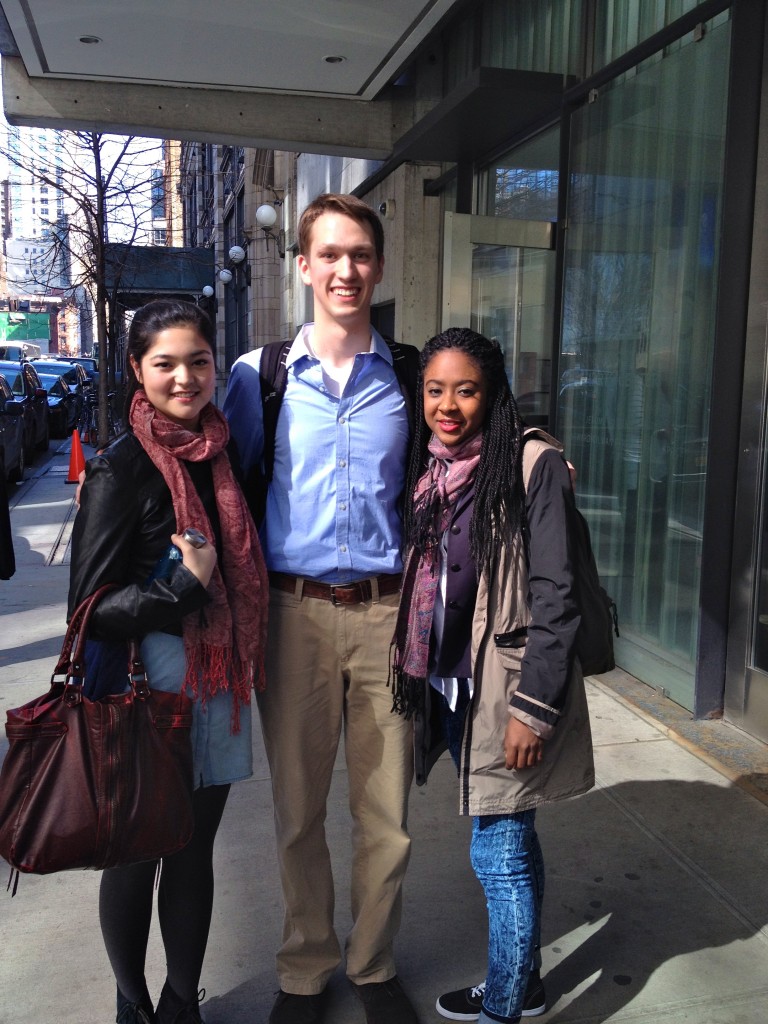
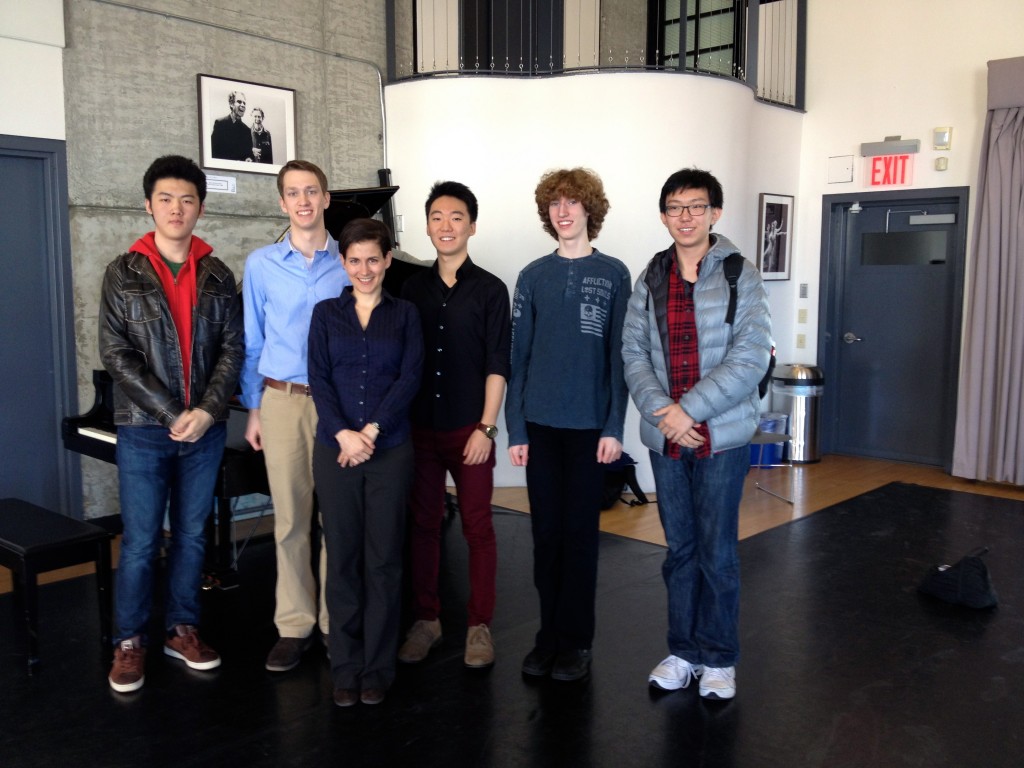
YoungArts taught me that it can take more energy to look at the positives rather than the negatives of a situation, but by focusing at times on the greater picture rather than trivial components, one can remain flexible, adaptable, and inspired while reaping long-term rewards.